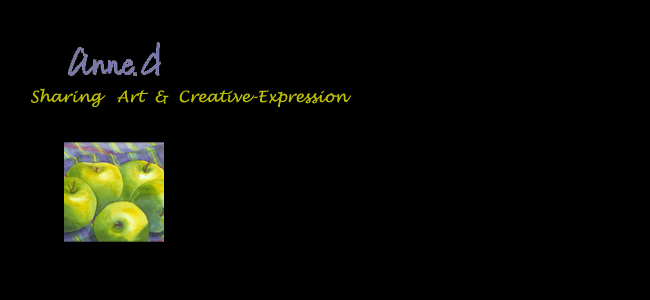On the subject of WORK -- Ah-ah-ah!!! This is GRAND, so "Frenchly" provocative!!! French artist Marcel Duchamp being interviewed by Calvin Tomkins:
“I remember asking him, “Since you’ve stopped making art, how do you spend your time?” And he said, “Oh, I’m a breather, a respirateur, isn’t that enough?” He asked, “Why do people have to work? Why do people think they have to work?” He talked about how important it was to really breathe, to live life at a different tempo and a different scale from the way most of us live.”
“Why should man work to live, after all? The poor thing has been put on earth without his permission to be here. He’s forced to be here… That’s our lot on earth, we have to work to breathe. I don’t see why that’s so admirable. I can conceive of a society where the lazies have a place in the sun. My famous thing was to start a home for the lazies — hospice des paresseux. If you are lazy, and people accept you as doing nothing, you have a right to eat and drink and have shelter and so forth. There would be a home in which you would do all this for nothing. The stipulation would be that you cannot work. If you begin to work you would be sacked immediately.”
On his principle that people shouldn’t have to work: “A mother generally gives and never takes from her child except affection. In the family there is more giving than taking. But when you go beyond the concept of the family, you find the need for equivalences. If you give me a flower, I give you a flower. That is an equivalent. Why? If you want to give, you give. If you want to take, you take. But society won’t let you, because society is based on that exchange called money, or barter.”
On the differences between art and science: “I don’t know why we should have such reverence for science. It’s a very nice occupation, but nothing more. It has no noblesse to it. It’s just a practical form of activity, to make better Coca-Cola and so forth. It’s always utilitarian. In other words, it hasn’t got the gratuitous attitude that art has, in any case.”
“I don’t believe in art. I believe in the artist.”
Duchamp believed slower work resulted in better work. “I produced so little and everything I produced took me quite a long time.”
To be noted: Ironcially enough, I got this from James Clear, an American who often writes about the science of discipline in Art. See the whole article here:

